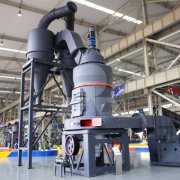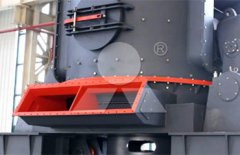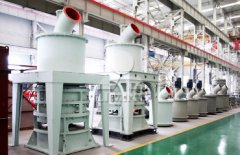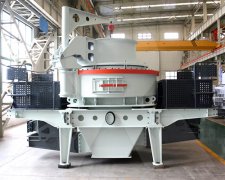Raw material used for mini cement plant
The raw materials used in a mini cement plant typically include limestone, clay, shale, iron ore, and gypsum. These materials are ground into a fine powder and then mixed in the correct proportions to form what is known as "clinker."
The limestone and clay are first crushed and then mixed with water to form a slurry. This slurry is then heated in a kiln to temperatures of around 1400-1500°C, which causes chemical reactions to occur and the mixture to form clinker. The clinker is then cooled and ground into a fine powder, which is the main component of cement.
A cement mill is an industrial machine used to grind materials into a fine powder, typically used in the production of cement. The grinding process is typically controlled by the size of the particles being ground, the speed of the rotating mill, and the temperature of the grinding material.
The primary function of a cement mill is to grind the clinker, a small nodular material produced during the kiln phase of cement production, into a fine powder. The clinker is then mixed with gypsum and other additives to produce cement.
Cement mills are typically large cylindrical machines with a series of steel balls or other grinding media inside them. As the mill rotates, the grinding media crushes and grinds the clinker into a fine powder. The powder is then discharged from the mill and transported to storage silos, where it can be used in the production of cement or other building materials.
In addition to grinding clinker, cement mills can also be used to grind other materials, such as limestone, slag, and fly ash, which can be added to cement to improve its properties.
Recommended news




